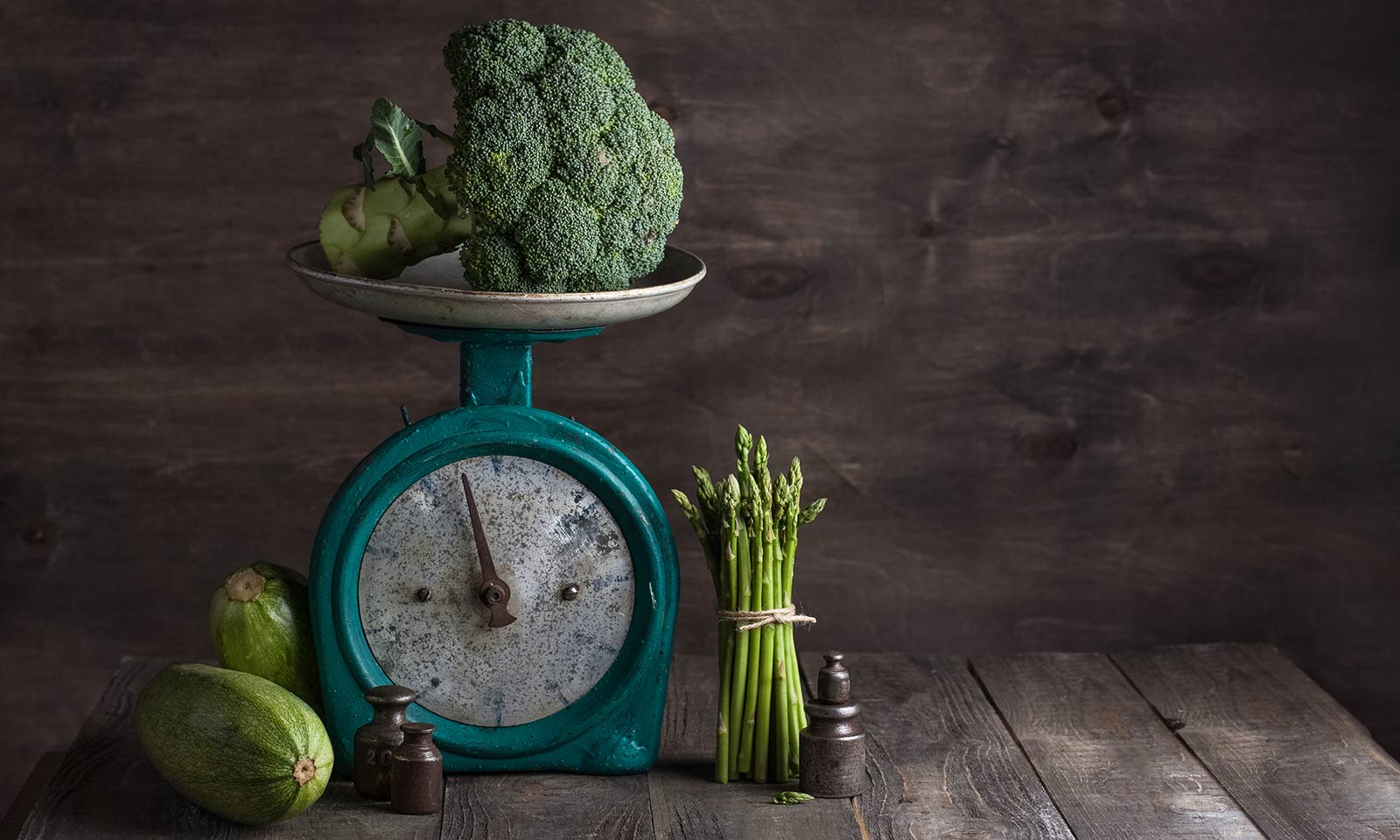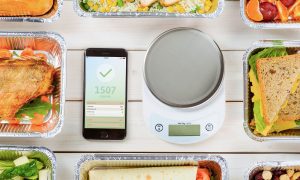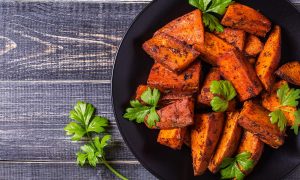Food Scales: Why Weighing Your Food Is Important

|
|
To some people, weighing your food may look obsessive and over the top, and it may seem like a whole lot of unnecessary work in the process. However, those people would be wrong, as in actual fact, weighing out your food is extremely beneficial, it can provide numerous health advantages, plus, when you know how, it can only take a matter of seconds.
Whether you’re trying to bulk up and build muscle, or if you’re trying to slim down and burn fat, the foods that you consume will play vital roles in determining whether or not you are truly able to reach your goal, and how long it will take you to do so. It isn’t simply the foods themselves that are important however, as so too, are the overall portion sizes, which is where food weighing scales prove so beneficial. If you’re unsure as to whether or not it is worth your time actually weighing out your foods before you consume them, by the time you finish reading this article, hopefully you will have a better understanding of just how beneficial weighing your food can be.
Why weigh your food?

There are a number of reasons why people choose to weigh out their foods, some of which we’ll be taking a more detailed look at right now:
No hidden surprises – One of the main reasons why people choose to purchase weighing scales and to actually weigh out their meals is simply the fact that doing so means that there are no hidden surprises. For example, even those who are good at estimating, may be shocked to discover that what they thought was, say, 100g of oats, was actually 200g of oats, and will therefore mean they have been consuming far more calories and carbohydrates than they intended to. By weighing out foods, there is no guesswork involved, as you know exactly how much of each item you are consuming.
Accurate calorie tracking – One of the primary benefits associated with weighing your food is simply the fact that it allows you to get an accurate breakdown of your total calories for each meal. For example, if you were trying to lose weight, you would need to ensure that you remained in a constant calorie deficit for several weeks. If you required 2000 calories at maintenance, you would require around 1700 – 1800 calories to provide a healthy and balanced weight loss at the end of the week. By weighing your food, you can then take a look at the amount of calories per 100g of each item, and can accurately log your calories to ensure you remain in a deficit. As mentioned, by simply guessing how much your food weighed, you could potentially be consuming hundreds more calories than you intended, which would obviously severely hinder your weight loss progress.
Great for eating out – For people that are dieting down, bodybuilders perhaps, who may be cutting for a contest, eating out can be a very tricky affair, especially as you don’t know exactly how much of each food item you are consuming. By taking a set of portable scales out with you however, you can weigh each item, and can then crosscheck and reference it with a calorie-tracking app, or a food logging app, which will then give you an accurate breakdown of the calories and macronutrients contained in each item you were eating. If taking scales out with you seems like overkill, the good news is that the longer you use your scales, the more accustomed you will become to the look and feel of certain foods, so you will be able to get a much more accurate estimate of how much they weigh.
Accurate macro tracking – As well as counting calories, many bodybuilders are now adopting an IIFYM flexible dieting approach. Basically, IIFYM stands for If It Fits Your Macros, and this in turn means that you can eat whatever you want, as long as you don’t exceed your daily macronutrient targets. Your macros are made up of protein, fats, and carbohydrates, and you require a certain percentage of each one each day, in order to reach your goals. For example, a bodybuilding who is bulking up, may require 45% carbs, 35% proteins, and 20% fats, meaning that 20% of their calories have to come from fats, 35 from proteins, and 45 from carbs, etc. Working this out by guessing is virtually impossible, but by weighing foods and using basic formulas, or apps, you can accurately get a breakdown of how many calories in each food item come from which macronutrients.
How to accurately weigh your food

To some people, weighing food on scales may seem like a pretty daunting and complex task, when in reality, once you’ve gotten to grips with the scales that you’re using, the entire process just couldn’t be simpler. Here’s what you’ll need to do:
Find the right scales – Ideally you will want a relatively small set of digital kitchen scales complete with a tally function. Digital scales are slightly pricier, but they are much more reliable and accurate, which is exactly what you need.
Place on a flat surface – In order to get an accurate reading, the scales will need to be placed upon a hard flat surface, such as an even kitchen countertop. Make sure you have enough space for preparing the food at the same time.
Calibrate – Up next, you will need to calibrate the scales. You should place a clean Tupperware or bowl directly onto the scales and should then press the tally button, making sure the bowl/Tupperware doesn’t move. The display button should now read zero. When the bowl has been removed, the display should read a negative number representing the weight of the bowl used.
Weigh out your food – Finally, you should then weigh out your desired portion size and place the bowl onto the scales once again. Remember, as it is calibrated for the bowl, only the weight of the food in the bowl will be measured, not the weight of the bowl. You can then use the reading to figure out if you need to add or remove any more food. For example, if you want 200g of chicken, and the display reads 150g, you should add a little more until you reach 200g, or as close to 200g as you can get.














